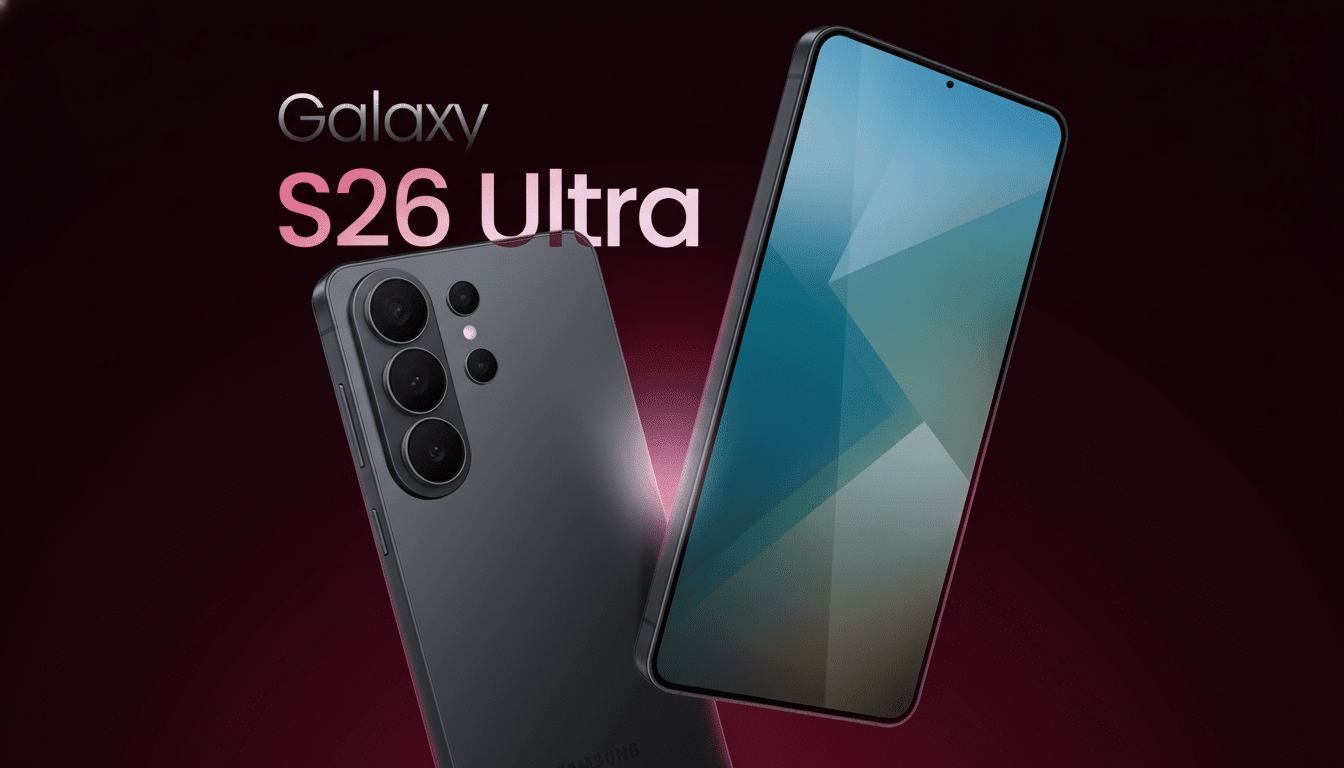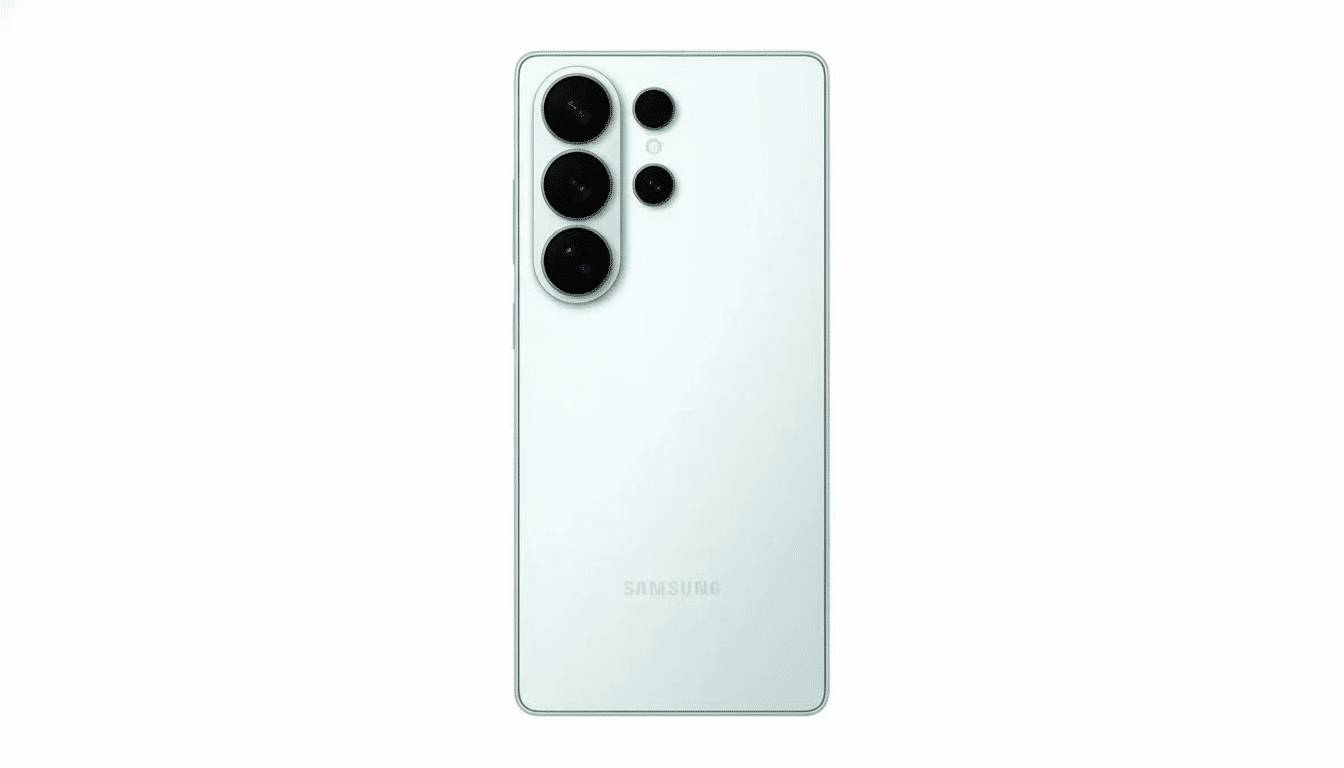Samsung’s next flagship looks to take on its previous sticking point with last year’s Galaxy S25 models: inconsistent camera results, especially in low light and at mid-range zoom.
Early reporting and supplier chatter also suggest that the Galaxy S26 could receive a significant hardware and silicon overhaul aimed directly at addressing those weak spots.

Why the Galaxy S25 Missed on Imaging Performance
The S25 series was a fast performer with reliable battery life, but when the camera failed to change, most reviewers and power users took notice. Fine detail could be smeared in dim scenes, skin tones occasionally skewed waxy, and the 3x telephoto wasn’t as dependable as rivals at indoor or twilight distances. In head-to-heads, phones like the Oppo Find X8 Ultra and Google’s newest Pixels often pulled ahead in tricky conditions with cleaner textures and more even color.
That gulf was, to a large extent, the result of physics and processing. The S25’s sensor and optics were a fairly modest evolution, and its computational pipeline erred on the side of conservative noise. To leapfrog, Samsung is going to need more light, better glass, and some serious on-device image processing with smarts. The rumors around the S26 suggest that exact combination.
How the Galaxy S26 Could Fix Those Camera Gaps
Supply chain reports out of South Korea also suggest there may be a new 50MP main sensor on the base S26 and a larger but lower-resolution 200MP sensor for the S26 Ultra, which is said to have a wide f/1.4 aperture. A larger aperture of that size means around 47% more light reaches the sensor compared to its predecessor, making it possible to shoot at lower ISO sensitivities and faster shutter speeds for cleaner night shots with faces less blurred by movement.
There’s also chatter of variable aperture returning that would let the camera stop down in a bright scene to get deeper focus without overexposing, then open wide in the dark to bring in all available light. If done properly, that can help stem the “portrait blur on everything mode” look in daylight even while keeping low-light gains.
Another part of the puzzle is ALoP lens technology. By slimming the camera bump, it hints that this is a new lens stack that can reduce edge softness and reflectance, as well as alignment tolerances being better. Paired with a new 12MP—up from 10MP—mid-range zoom sensor, we should also see more detail retention indoors and at night where the S25 always disappointed.

AI Silicon Bets That Could Deliver Better Photos
There’s also the other big lever, which is silicon. Korea Economic Daily reports that Samsung’s Exynos 2600—set to feature in roughly half of all S26 units, at least in territories like South Korea and Europe—will also be produced on a 2nm node with a much faster NPU lumped into it. The report quotes aggressive claims: an NPU up to 6x faster than Apple’s next-gen Pro chip and some 30% faster than Qualcomm’s, with at least a CPU multi-core performance kicker of 14% and as much as one for GPU performance of nearly three-quarters.
Never mind the big numbers; the practical upside here comes in computational photography. The higher NPU and ISP enable more advanced real-time multi-frame fusion, semantic segmentation, and denoising to enrich your texture retention and skin tone accuracy without shutter lag. That’s most important at night, when the S25’s conservative processing may darken detail. The US, Japan, and China will probably rely on a parallel pipeline, while the existence of functional Samsung tuning applied as something other than a low-level global configuration represents the first test of whether Samsung’s new Performance Monitor brings universally consistent performance metrics to heterogeneous devices.
Thermals and Battery Supporting the Camera
Thermals are a subtle but very important part of image quality. 200MP captures, 8K or 4K HDR video, and long Night mode burst requests all do a number on the SoC. Older Exynos generations were also criticized for running hot; the 2nm jump and new power management would have to turn that tide. With the S26 running cooler, it can maintain high frame rates and low noise for longer shooting periods.
In the endurance department, the base model S26 is rumored to step up from a 4,000mAh cell to 4,300mAh. More capacity plus efficiency gains equals more headroom for computational photography and longer video takes without the horrendous throttling—which is sort of like a death by a thousand paper cuts, but with small differences that can coalesce into real-world results that are much closer to consistent.
What to Watch Next as Galaxy S26 Rumors Firm Up
Watch for three proof points: confirmation of the Ultra’s sensor and aperture, information on ALoP optics, and initial silicon benchmarks that factor NPU workloads—not just CPU and GPU scores. Should those land as stated, then the S26’s camera stack goes a long way toward tackling the S25’s biggest weakness by blending brighter glass, a larger sensor, and far more intelligent processing.
In a word, the recipe is decidedly crystal clear: more photons, better optics, and faster on-device AI. If Samsung delivers across all three, not only might the Galaxy S26 catch up — it could reset the pecking order for Android camera phones.

